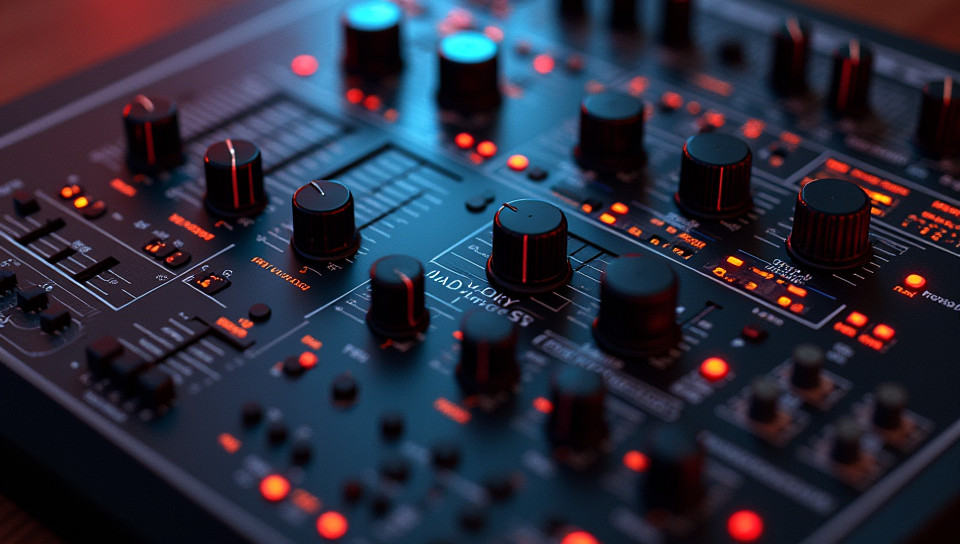Plugins are used in sound design 73%

The Power of Plugins in Sound Design
In the world of audio production, sound designers have at their disposal an array of tools to create and manipulate sounds that bring productions to life. Among these tools are plugins, software programs designed to enhance or change the characteristics of recorded audio. From subtle tweaks to radical transformations, plugins offer unparalleled creative freedom.
What Are Plugins?
Plugins are software applications that run within a digital audio workstation (DAW) or other host application. They can be used for a wide range of tasks, including equalization, compression, reverb, delay, and distortion. With the click of a button, plugins allow sound designers to add depth, texture, and emotion to their sounds.
Types of Plugins
- Effects processors: These plugins alter the tone or character of an audio signal. Examples include EQ, compressor, reverb, and distortion.
- Dynamics processors: These plugins control the volume of an audio signal in real-time. Examples include compressors and limiters.
- Signal processors: These plugins modify specific aspects of an audio signal, such as phase or stereo imaging.
The Role of Plugins in Sound Design
Plugins are essential tools for sound designers working on film, television, video games, and live performances. By allowing precise control over the sonic characteristics of an audio signal, plugins enable sound designers to create realistic environments, enhance dialogue intelligibility, and add emotional depth to a production.
Case Studies: Real-World Applications
- In film post-production, plugins are used to create immersive environments, such as virtual rooms or exotic locations.
- In video game development, plugins help create realistic sound effects, from the whoosh of sci-fi blasters to the crunch of fantasy creatures stomping through a medieval landscape.
- In live performances, plugins enable sound designers to push the boundaries of what is possible with sound, creating innovative and captivating experiences for audiences.
Conclusion
Plugins are an indispensable part of any sound designer's toolkit. With their vast range of creative possibilities, plugins empower sound designers to bring productions to life in ways that would be impossible without them. Whether you're working on a blockbuster film or a live performance, the power of plugins is undeniable. By harnessing this power, sound designers can create audio landscapes that transport audiences to new and exciting worlds, forever changing the way we experience music, film, and interactive media.
- Created by: Miguel Ángel Acosta
- Created at: Nov. 13, 2024, 2:32 p.m.
- ID: 15824









